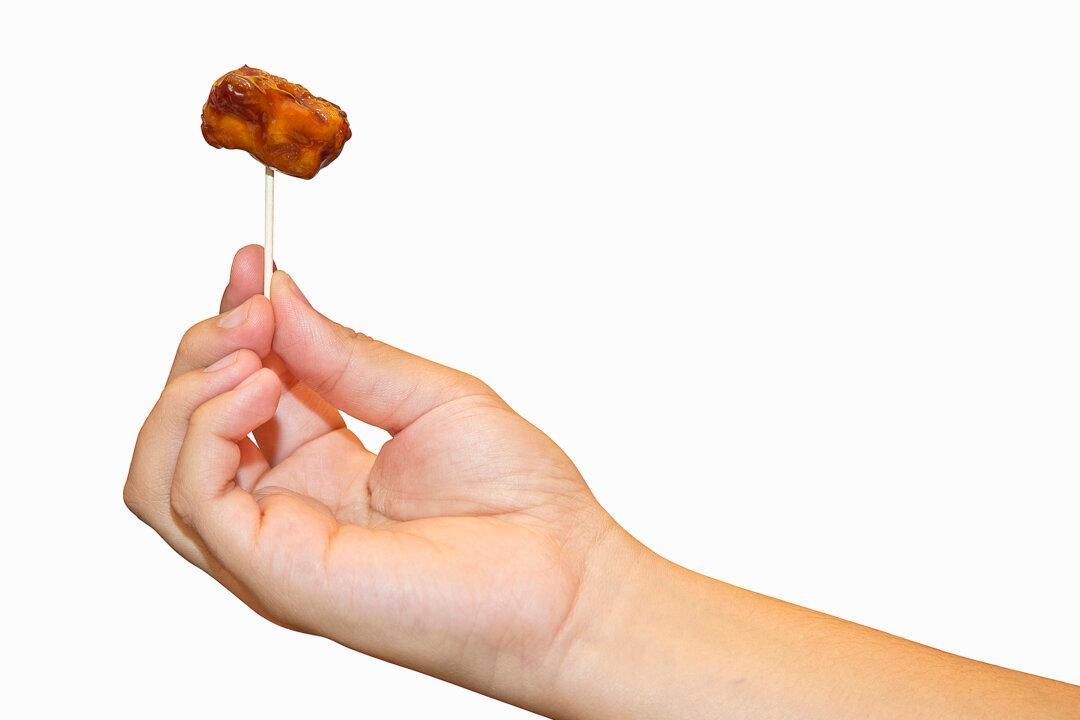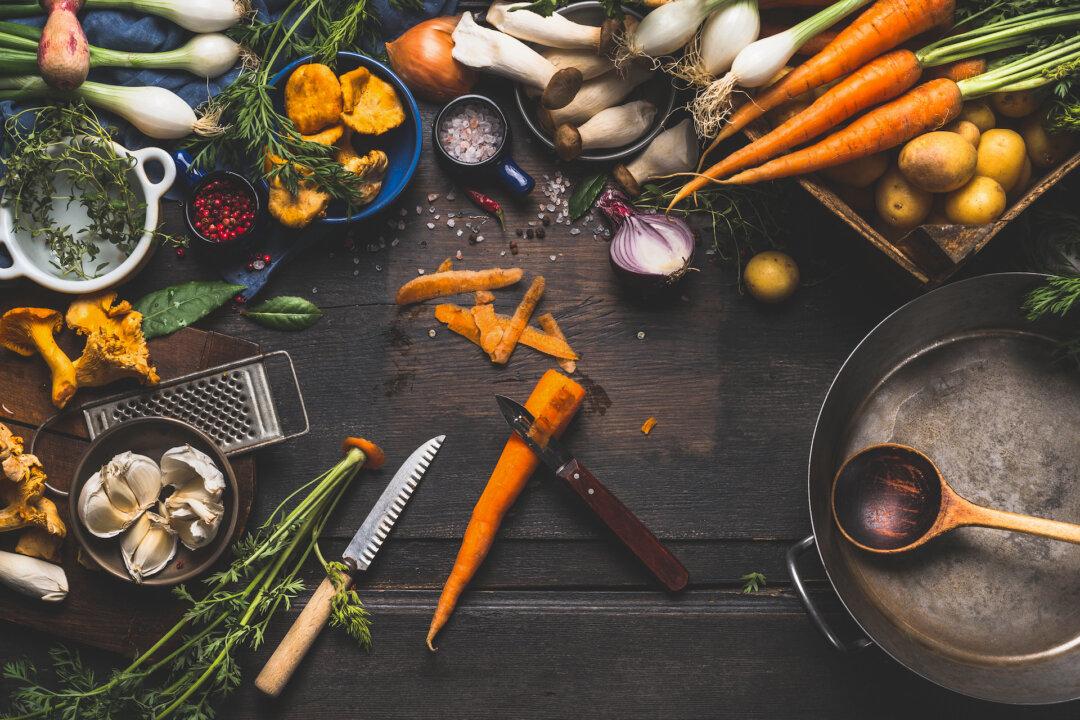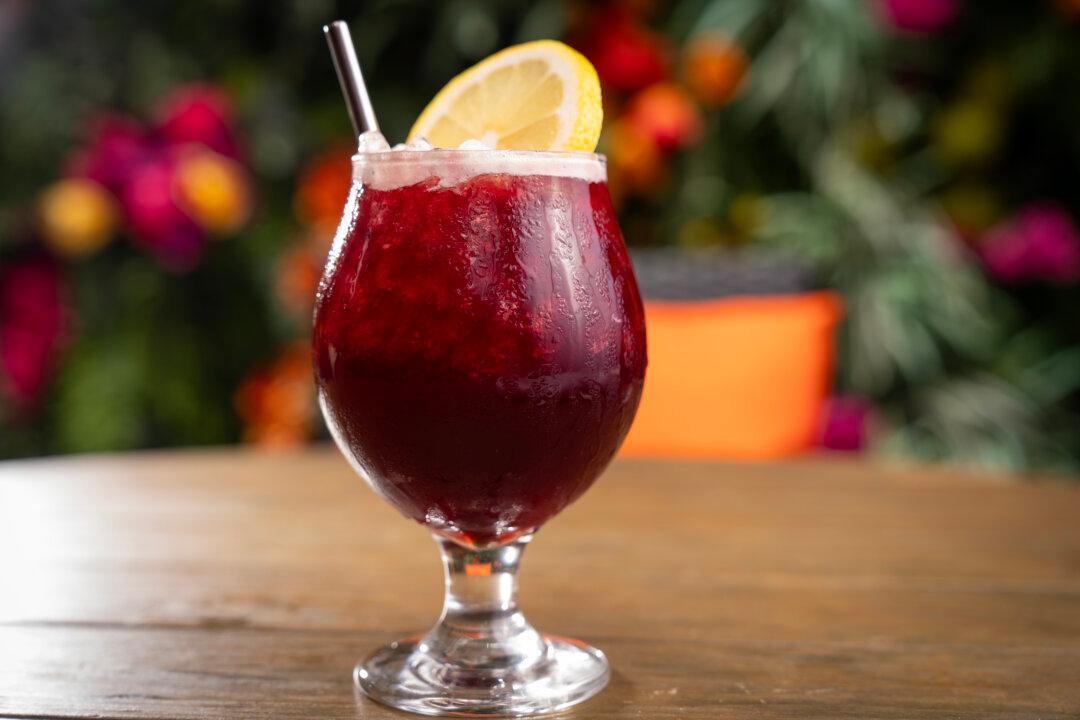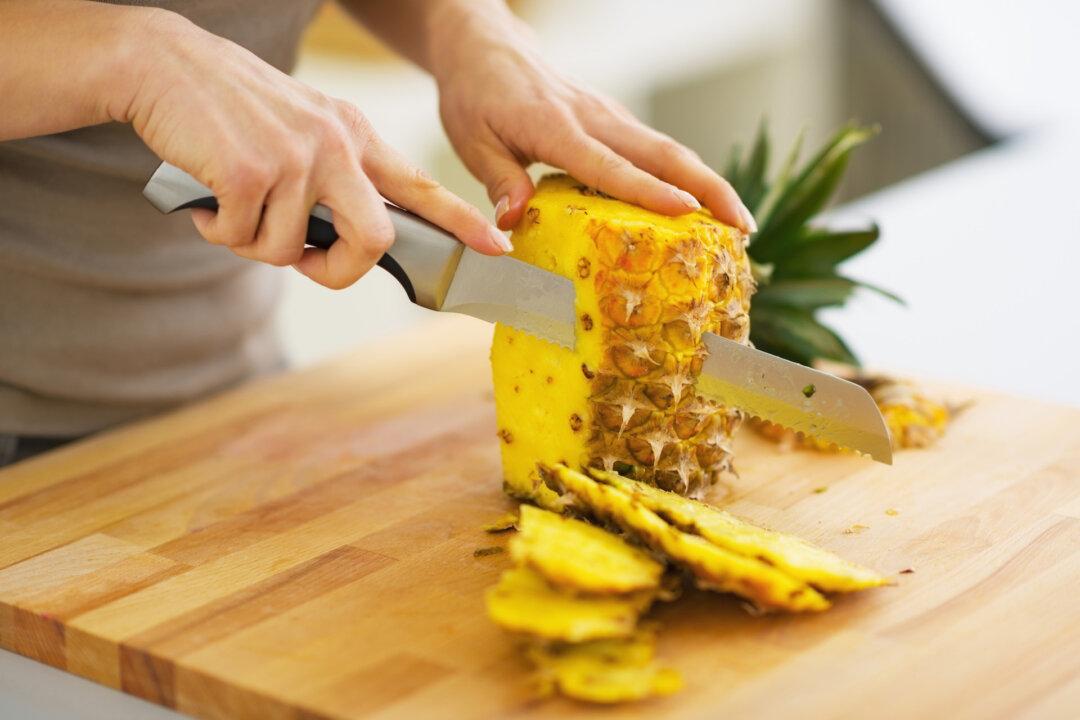You only need to stroll past the hummus section of the grocery store to realize it’s a lot bigger than it used be. The fact that there is even a hummus section, with many, many varieties, tells us how popular this bean dip has become over the past few years.
Of course, hummus has been around for centuries, originating in the Middle East, but the hummus many of us know here in the United States is quite different than what you’d find in the markets of Cairo.





